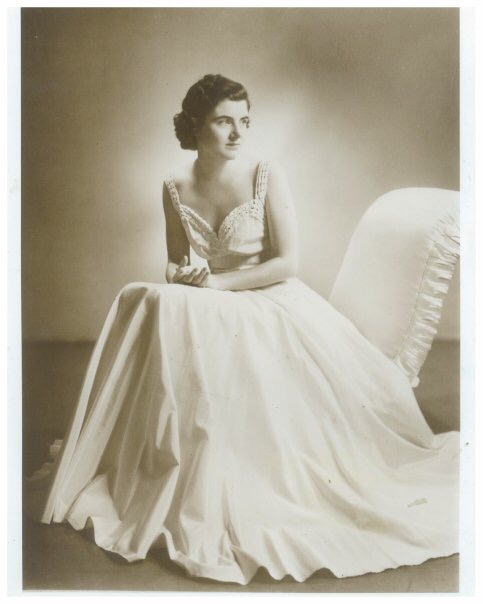
For two years, I have felt like Eloise in the beloved 1950s children’s classic of the same name. A sudden need for shared office space led me to a reasonably priced desk in downtown Ottawa, but the exact location stunned me. Much like the entitled Eloise who lives in New York’s Plaza Hotel, I also have been in a “room on the tippy-top floor” of a grand hotel—one built within five years of the Plaza: Ottawa’s Château Laurier.
Now, it happens that the top floors of the Château are not penthouse suites, but more like the cramped storage spaces in the rafters that could never be passed off as hotel rooms. Where my office lies, once were the women’s dormitories for chamber maids. On the same floor were traveling salesmen’s rooms, with a discretely curtained off area where they could display their wares on a table.
The Château Laurier was opened by the Grand Trunk Railway in conjunction with Ottawa’s rail terminal across the street in 1912. There was no real festive opening in the end, because the president of the railway sank on the Titanic on his way here, but the first registered guest was Prime Minister Wilfred Laurier, after whom it the hotel is named.
A chain of posh railway hotels traverses Canada along the tracks, and this was one of the poshest. With a pale green oxidized copper roof, a granite base and Indiana limestone walls, it was called “a poem in stone.” It has the turrets, towers, dormers and keep of a Disney castle, inspired by the chateaux of France’s Loire Valley. I absolutely love it.
The Château was the sort of place with two in-house orchestras, a printing room, and four kinds of grand piano. The country’s first scheduled radio broadcast—a two-way link—was received in one of the ballrooms. After that, the CBC’s radio studios were housed on the 8th floor for 75 years, and it was from here that Prime Minister Mackenzie King informed Canadians that Britain had declared war on Germany. Lorne Greene, who later starred in Bonanza, made his name reading the wartime news here, and Jeopardy’s Alex Trebek worked at CBC here for two years, giving the midnight sign-off that apparently included a Bible verse.
In the basement, there is a really weird Art Deco indoor saltwater pool—Château Laurier was the first hotel in the country to build a “natatorium,” in 1930—and it still has the original sunlamps on the deck walls, underneath which you could sit among potted ferns, being gawked at by people on the viewing gallery above. I have only swum there once and found that you can’t feel at home in the pool unless you’re wearing one of those swim caps that look like they should come with aviation goggles and a black, romper-style swimming costume.
The hotel is only steps away from the parliament buildings, and it fast became known as the “Third Chamber of Parliament” (after the House of Commons and Senate), especially when 1930s Prime Minister R. B. Bennett took up permanent residence in a 15-room suite here. To this day, a glance at the corner of the lobby can tell you, in the form of a flag, whether a head of state is staying here that day.

The famous portrait photographer Yousuf Karsh both lived and worked in the hotel for 25 years. You can now stay in the Karsh suite where he and his wife lived, and in your suite is his 1943 portrait of George Bernard Shaw. Part of my Eloise-ing consists of traipsing down to the Gentlemen’s Reading Room when my office air feels too close, and reading there, glancing up every now and then to admire all the Karsh portraits in the room—Albert Einstein, Winston Churchill, Stephen Leacock, Georgia O’Keefe. Nelson Mandela’s portrait was captured here in 1990.
Once Karsh became world-famous, he still offered portraits to Ottawa people who were clamoring to be “Karshed”—now at a special Ottawa rate so they could have a hope of affording him. My grandmother was among them, and I treasure the results. The last person Karsh photographed at the Château was Boris Yeltsin.
All good things must come to an end, and for me, the chance to hang my hat at the University of Ottawa was exciting enough to let go of my Château space. But I shall miss tormenting Nanny, taking bawths, and walking my turtle through the halls.
For more information on the hotel, I recommend Kevin J. Holland’s “Château Laurier–A Splendid Century”, from which I gleaned much of this history.
What a wonderful introduction to a place I had not heard of. I would invent reasons for lots of going up and down in a very posh elevator.
Some friends of mine have their legal offices in one of the posher Seattle hotels. It’s nothing like the Laurier, but it is also one of those improbable places. The kind of place that if you saw it in a movie or television show, you’d admire the imagination of the writers and set designers.
That’s a great way to put it, Kaleberg.